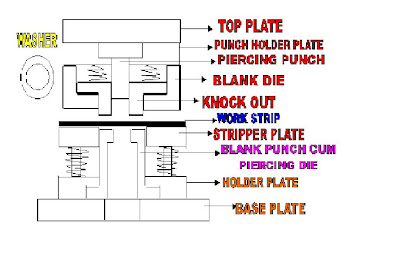Sharp specially shaped blades are used in die cutting. The blade is bent into the desired shape and mounted to a strong backing. The result is known as a die. The material being cut is placed on a flat surface with a supportive backing, and the die is pressed onto the material to cut it. Depending on what is being made, a single die might cut one piece of material, or it might be designed to slice through multiple layers, generating a stack of blanks.
Many consumers find it helpful to consider a cookie cutter when thinking about die cutting. The cookie cutter is a type of die which is capable of cutting out a potentially infinite amount of blanks. Each blank will be exactly the same shape and size, meaning that the blanks can be cooked uniformly together and decorated at will for individuality. The alternative is cutting out each cookie by hand, a painstaking process which would result in irregular final products.
Creating dies is meticulous work. The die must be designed so that it efficiently cuts the desired material with minimal waste. Most factories which use die cutting as part of their manufacturing process have techniques for recycling material left over from die cutting, but they want to avoid excess if possible. Often, multiple dies are fitted together on one mount, nestled with each other for maximum efficiency. Material left over from the die cutting process may be melted down and reused, or reworked into other components.
Common examples of die cut items include keys, paper products, and flat plastic pieces which can be snapped together. Die cutting is limited, because it can only really be used to produce flat objects. For more dimensional shapes, other manufacturing techniques such as molds need to employed. Dies can also range widely in size from cookie cutters to massive machines designed to cut out ship components. With large dies, it is important to observe safety precautions while die cutting, as an industrial die designed to slice through metal can also remove a limb without difficulty.























